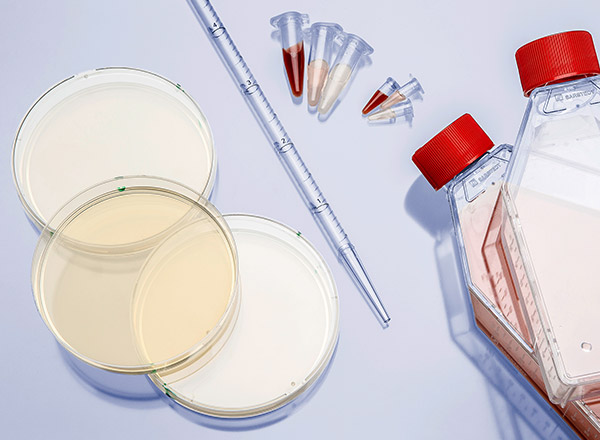
Medical samples & biomaterials, membranes
Opening up new channels for biomaterials engineering and research
Research on biomaterials, membranes, and medical samples requires high-precision tools which are reliable and intuitive to use. Whether you are investigating chemical processes, the behavior of particles, mechanical or elastic behavior or permeability, Anton Paar has a solution for you.
Anton Paar Products
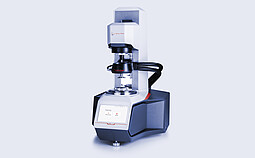
MCR 703 MultiDrive
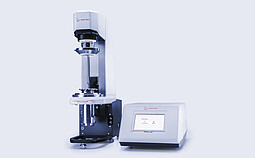
MCR 703 Space MultiDrive
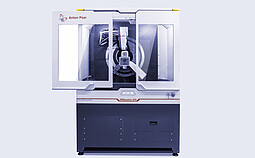
XRDynamic 500
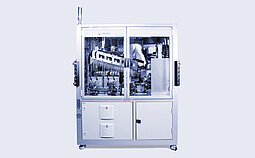
HTR 7000

Abbemat Essential 3001

Abbemat Essential 3101

Abbemat Essential 3201
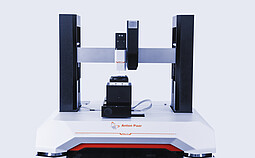
UNHT³ Bio
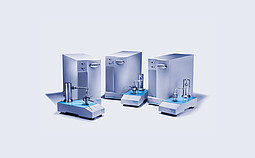
Porometer 3G
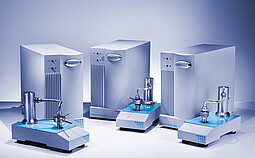
Porometer 3G micro

Porometer 3G z

Porometer 3G zH
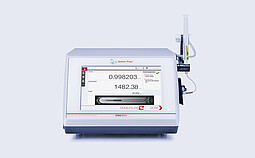
DMA 6002 Sound Velocity

Cora 5001 Direct Pharma

Cora 5001 Direct Standard

Cora 5001 Fiber Pharma

Cora 5001 Fiber Process Monitoring
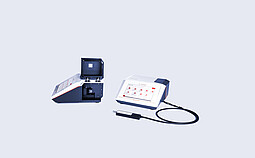
Cora 5001 Fiber Standard

Litesizer DIA 100

Litesizer DIA 500

Litesizer DIA 700

Litesizer DLS 101

Litesizer DLS 501

Litesizer DLS 701
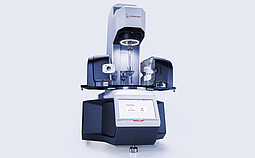
MCR 703 MultiDrive
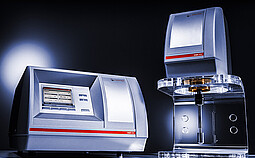
DSR 502
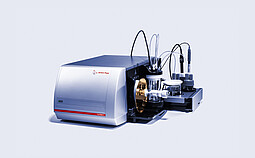
SurPASS 3 Eco

SurPASS 3 Standard

MCR

Lyza 3000
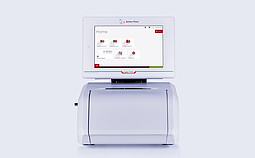
Lyza 7000
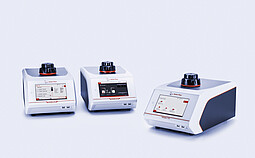
Ultrapyc
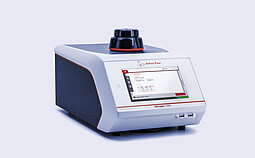
Ultrapyc 7000
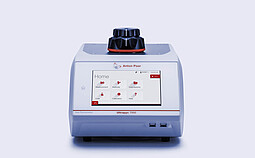
Ultrapyc 7000 Micro
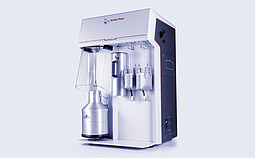
Autosorb
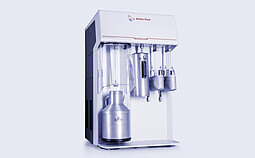
Autosorb 6100
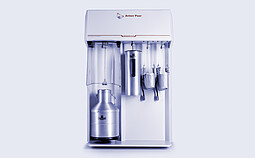
Autosorb 6200

Autosorb 6300

iSorb

iSorb HP1 100

iSorb HP1 200

iSorb HP2 100

iSorb HP2 200
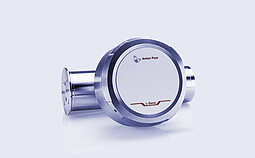
L-Dens 7400
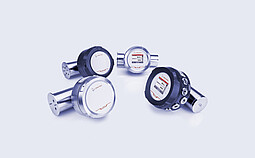
L-Dens 7500

L-Rix
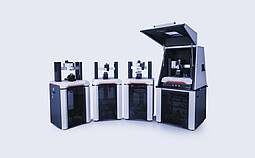
Step
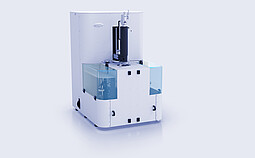
PoreMaster

PoreMaster 33

PoreMaster 60
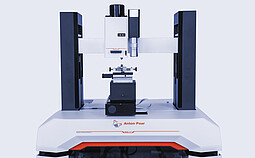
MCT³

Multiwave

Multiwave GO Plus

Monowave

Monowave 200

Monowave 400
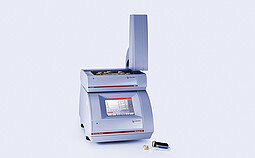
Monowave 450
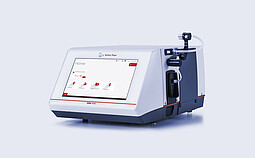
DMA 4002
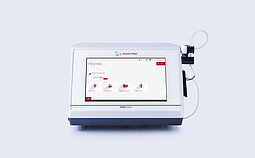
DMA 5002
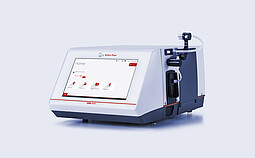
DMA 6002
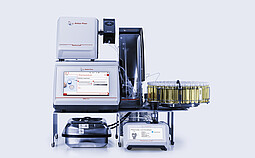
Pharma Measurement Systems
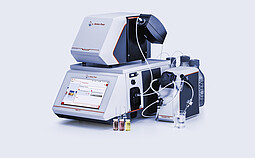
Pharma Measurement Systems Configuration 1
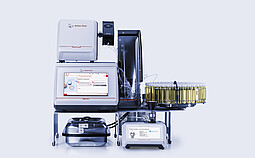
Pharma Measurement Systems Configuration 2
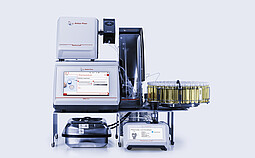
Pharma Measurement Systems Configuration 3
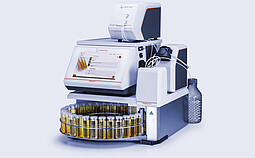
Turbidity Measurement System
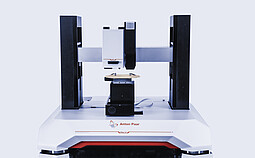
NST³
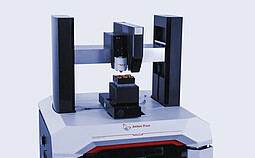
NHT³
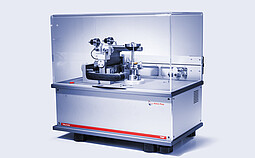
TRB³
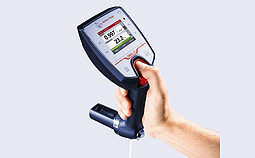
DMA 35 Standard

RST
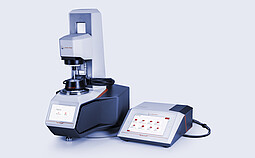
MCR Rheometer + Cora 5001
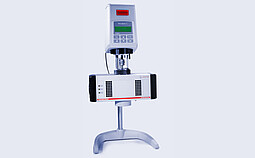
RheolabQC

SAXSpoint 500

SAXSpoint 700
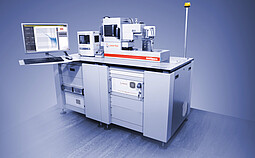
SAXSpace
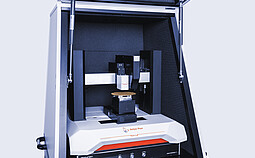
UNHT³
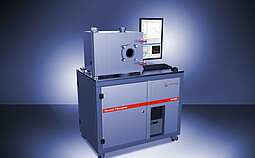
TRB V / THT V
Differentiating between normal and pathological red blood cells
Anton Paar’s MCR rheometer is an excellent tool for monitoring the rheological characteristics of whole blood. At low shear stress, for example, red blood cells adhere to each other, aggregate, and form rouleaux. Using an MCR with a microscope accessory allows you to monitor changes in blood under various conditions through the microscope lens during the measurement. This combined information enables the correlation of the rheological properties of red blood cells to their aggregation state. Whole blood samples can be investigated according to the Recommendation of the International Committee for Standardization in Hematology.
Investigating the fouling of membranes and improving their biocompatibility
An economical and effective adsorbent for low-density lipoprotein (LDL) in blood is a dialysis membrane which is based on polysulfone with covalently bound heparin. However, problems inherent in the applicability of membranes in hemodialysis are surface-induced blood coagulation and membrane fouling due to irreversible protein adsorption. To improve the biocompatibility of these hemodialysis membranes, the inner surface of the membrane requires modification. A major challenge inherent to this process is the permanent coating with heparin. The grafting of reactive groups onto the polysulfone surface is one route to prepare the interface for the immobilization of such biologically active substances. The SurPASS electrokinetic analyzer is applied for analyzing the inner surface of such hollow-fiber membranes. Comparing the zeta potential of untreated and modified membranes reveals the efficiency of the surface treatment. The isoelectric point, which is obtained automatically, and the zeta potential values at higher pH are an indication that the grafting of reactive groups and the coating with heparin were successful.
Ensuring the safety of IV infusions
A common risk from intravenous infusions is contamination by particles that are not visible to the eye. To detect these unwanted particles and monitor the quality of IV infusions requires an analyzer such as Anton Paar’s Litesizer 500 which determines the particle size and particle size distribution of a solution quickly and from very small sample amounts (from 12 µL). The measurement meets the requirement of the US Pharmacopoeia for parenteral products which defines the size of droplets in emulsions and solutions to be infused or injected.
Assessing the level of trace elements in urine, blood, and hair
Evaluating trace element concentrations using, for example, ICP-MS/ICP-DRCMS and ETAAS requires sample solutions which are completely digested in order to minimize spectral and matrix interferences in the measurement. Microwave-assisted pressure digestion provides one such reliable method of sample preparation. Multiwave PRO, for example, decomposes body fluids and hair to produce high-quality samples in a short period of time.

